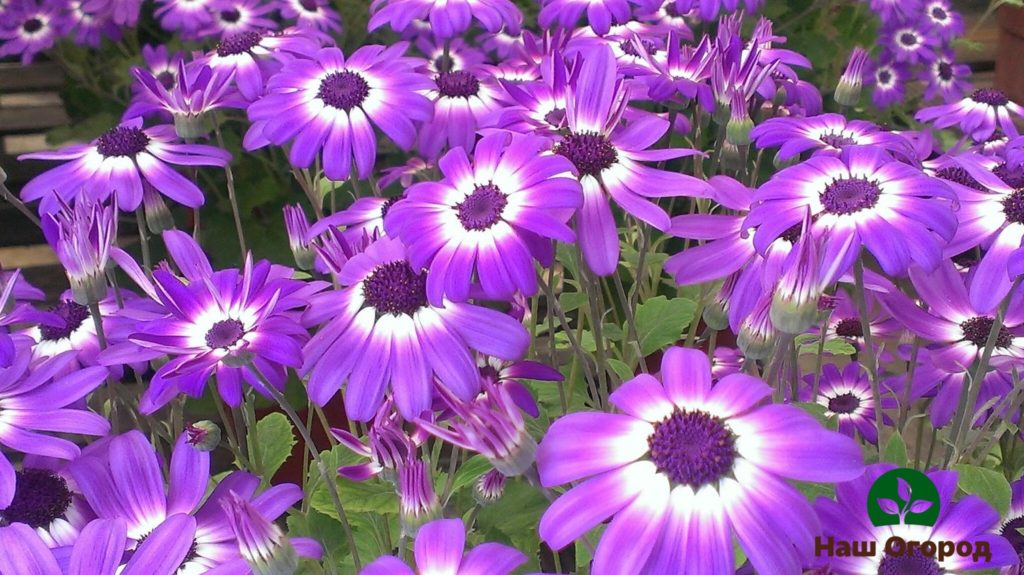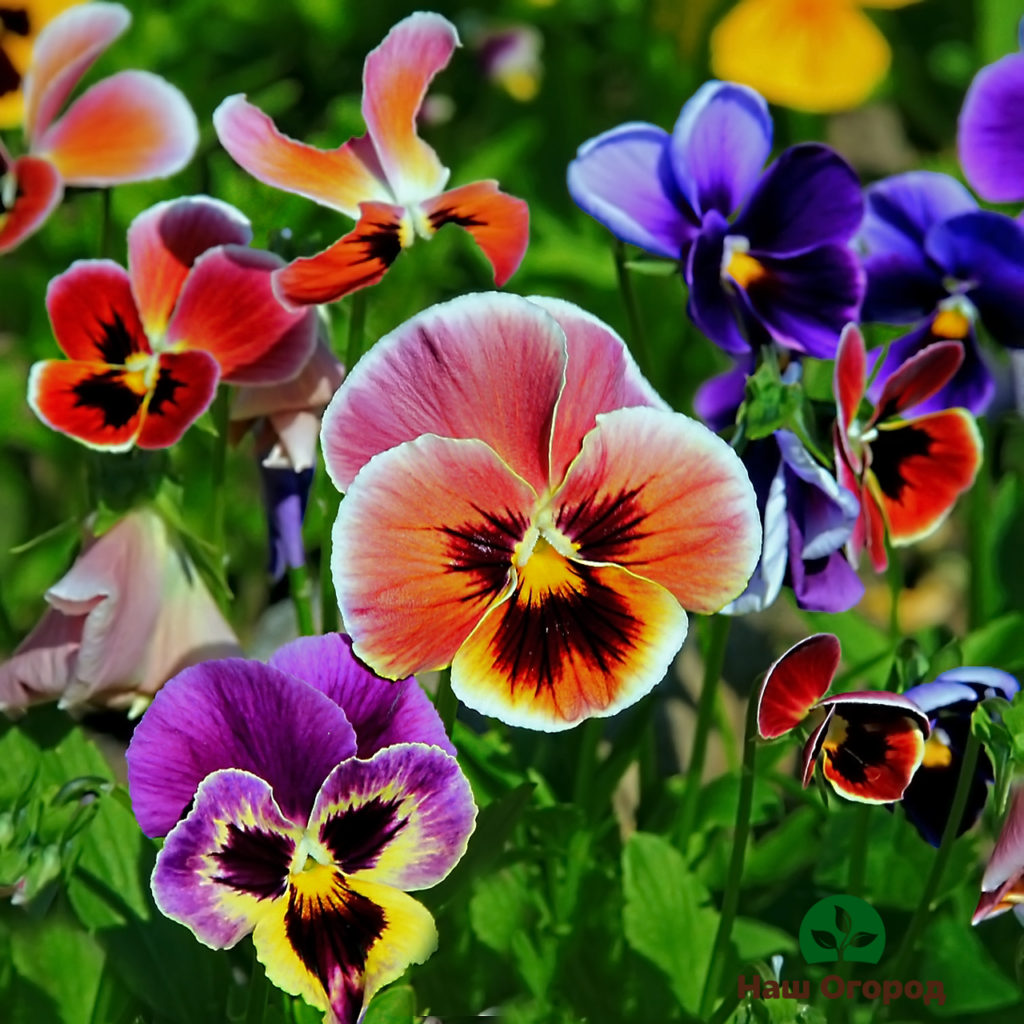"Unknown" about the known. Perennial and annual plants!
Perennial and annual plants and everything about them ..In our gardens, as a rule, two types of plants grow - perennials and annuals.
... Someone prefers to use one type, someone else, and some combine both types. Each type of plant has its own pros and cons. Let's break them down.
Annuals.
As their name suggests, annuals only grow for one growing season, usually from spring to fall. That is, during this time they germinate from seeds, grow, bloom, then give seeds and die.
They most often have bright flowers, they grow quickly and quickly fill empty spaces on the site. They reproduce only by seeds, vegetatively, i.e. they cannot be propagated with the help of plant parts.
Unlike perennials, they bloom longer and cost less. With their help, you can make a variety of designs from year to year. They are ideal for creating flower beds where they will grow all summer long, the only disadvantage is that you have to plant them every year.
Annuals can be planted both in the cold season and warm.
Annuals of the cold season delight with their beauty during the winter in the southern regions, where there is practically no frost. These include: Viola, better known as pansies, Alissum, Verbena, ornamental cabbage and others. In areas with warm climates, they can be planted in late autumn, in areas with cold climates, they can be planted as soon as the land is suitable.

Warm season annuals bloom in late spring, summer and early fall. For example, Zinnia, Eshsholzia, Vasilek, Marigolds and others. Since these plants cannot withstand the cold, they should be planted in mid-spring if there is no longer any danger of frost.
Because of their rapid growth, annual plants require more nutrients during the growing season than other plants. Therefore, use a compound fertilizer when planting. If you live in temperate climates, add nitrogen fertilizers when the plants start to bloom and in late summer. When cold, feed as soon as the plants bloom. But be careful not to overdo it.
If you are buying seedlings of annual flowers, look for plants with brightly colored foliage. The roots should not be overgrown or tangled. Although plants with a lot of flowers are very attractive, don't look at them. It is better to choose plants with fewer buds. They will have more energy to form a good root system.
Popular types of annual plants.
Petunias - These incredibly fast growing flowers come in a wide variety of species and colors. It can bloom in spring and late autumn. There are bush and ampelous (cascading) varieties.
Marigold - This bright and sunny annual attracts insects to your garden to pollinate your plants. The most popular colors are orange or yellow.
Pansies –Colors range from pink, purple to orange and red. Can withstand low temperatures.
Begonias Is another flower with a wide variety of colors and sizes. Begonia is most commonly found with pink, white, or red flowers.
Perennials.
Live for three or more growing seasons. In the fall, the plants can be cut, and in the spring they will start growing again from the previous root system. Most of them do not grow as fast as annuals, reaching their full growth most often within a year, or even two.

Pansies have many charming shades from pale pink to bright red.
Perennials tend to have shorter flowering periods than annuals, so gardeners often combine them with perennials that bloom at other times to maintain consistent color from spring to fall. They can be planted from bulbs or seeds. Grown from seed, the plants usually do not produce flowers in the first year.
It is best to plant in early spring or early fall, but no later than 6 weeks before frost. Perennial flowers need more care than annual flowers. They must be closed during the winter season so that the root system does not freeze. Feed during the entire growing season with fertilizers containing nitrogen and potassium.
Perennial flowers or plants can be classified as delicate and hardy. Delicate perennials like gladioli and dahlias cannot withstand winter conditions and frost. These perennials are harvested in the fall and stored indoors until the first frost, and then transplanted after freezing temperatures have passed. Hardy perennials, unlike gentle ones, can survive freezing temperatures and can lag in the open air throughout the winter season.
Popular types of perennial plants.
Daffodilsis one of the earliest spring flowers that look like the sun.
Tulips- also bloom in early spring. Has a wide variety of colors (white, pink, red, yellow, multicolor) and shape (terry, fringed, simple, lily-colored)
Hyacinths- beautiful bulbous plants, mostly white, pink or blue. Numerous flowers are found on the stem of the plant.
Chrysanthemums - mainly blooms in autumn. The flowers are orange, purple, red or white.
If you do not grow seedlings yourself, then perennial plants in the nursery will cost you more than annuals, since more time and effort is invested in growing them. And also perennial plants do not bloom during the first year of their life, therefore, in nurseries, they are looked after for a long period of time. It may take months or even years before they can sell them.
But despite the cost, buying perennials is profitable, since they do not need to be replaced every year.
Despite the fact that you have chosen for your garden, do not forget to consider the needs of each plant for sun and water. For example, there are shade-loving species that grow well in the shade, there are light-loving species that cannot grow in the shade. There are plants that tolerate drought well, and there are those that die immediately. Before planting, be sure to consider the conditions of your garden and choose the right flowers!

